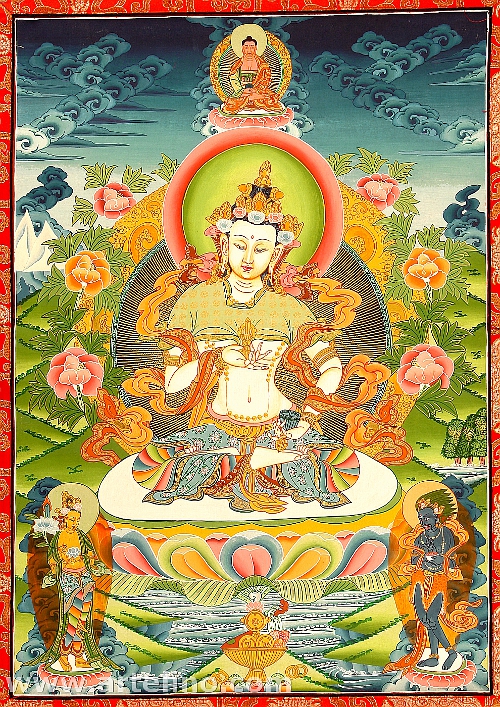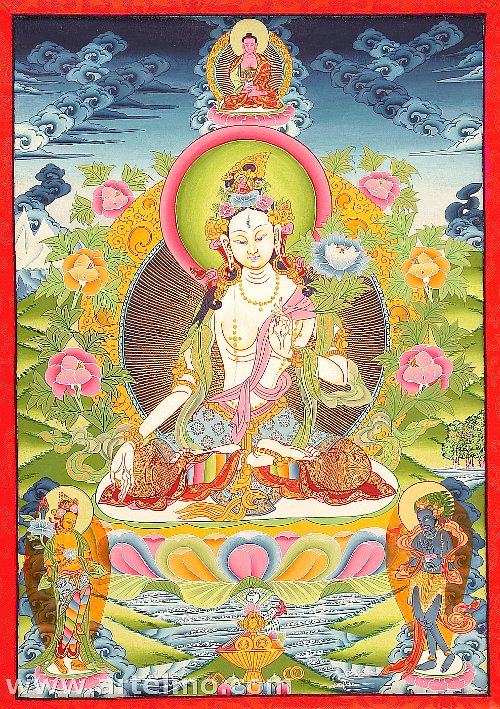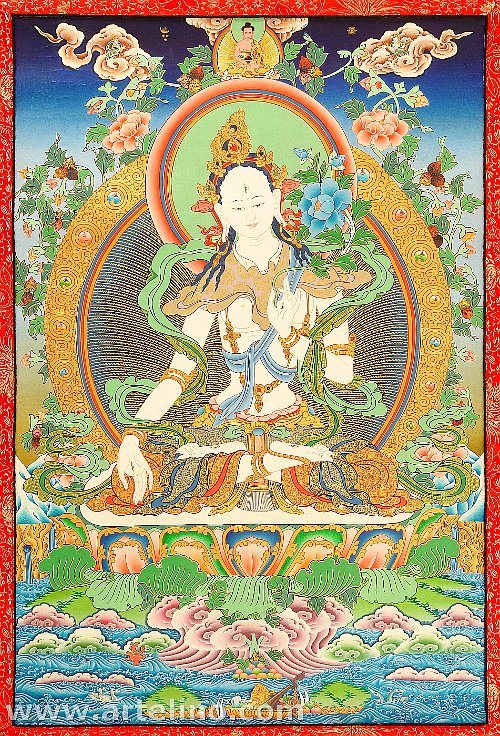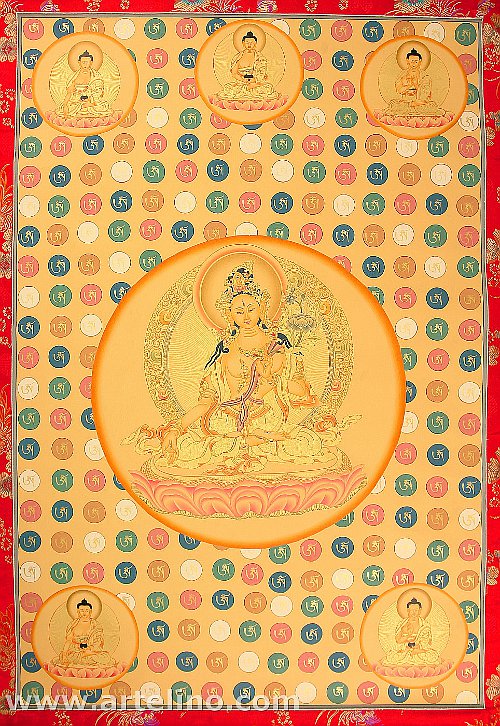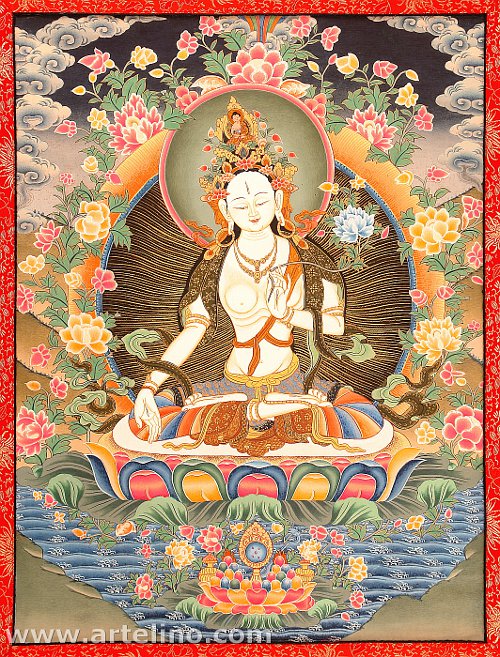| < Prev | Next > |
|---|
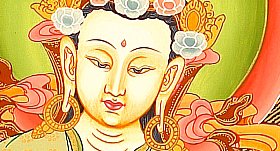 The White Tara is like a comrade-in-arms of the Green Tara whose reason of existence is to help others. Both, the White and the Green Tara are very popular among Buddhists. Especially women revere them. Both Tara deities represent the good female characters.
The White Tara is like a comrade-in-arms of the Green Tara whose reason of existence is to help others. Both, the White and the Green Tara are very popular among Buddhists. Especially women revere them. Both Tara deities represent the good female characters.
White Tara - Thangka Images
The White Tara - a Chinese Princess?
The White and the Green Tara are part of Tibetan mythology. But they may have a historical root. Under King Songtsen Gampo (617-649) the Tibetan Empire had stretched from Mongolia in the North to Nepal in the South and to the Eastern parts of China. Songtsen Gampo had expanded his empire not only by means of military power but with smart alliances and marriages. He had married a Nepalese and a Chinese princess. Both women were Buddhists and were known for their good deeds. The Chinese princess with her pale skin may have been the historic root for the White Tara. But just a theory.
White Tara in Arts and Crafts
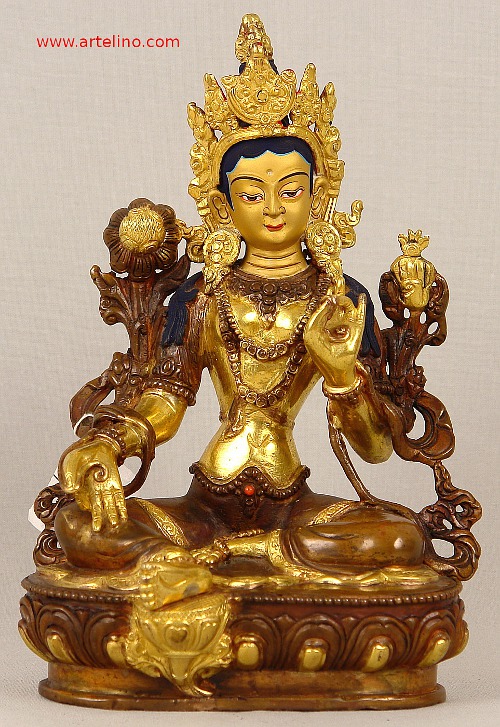
Due to her popularity among worshipers images of the White Tara are frequently found on objects of Buddhist art objects like thangkas or Nepal statues. The White Tara is easy to recognize even by absolute beginners to the world of gods and goddesses in Buddhism. First of all, she is always depicted white, or kind of white. And she is sitting on a lotus throne with both legs crossed, while the Green Tara has her right leg hanging down.
The White Tara is usually portrayed with seven eyes, one on in each of her palms and feet and one extra on her forehead. She is shown with one lotus on her left shoulder, sometimes with lotus flowers attached to both shoulders.
A Bodhisattva
The White Tara belongs to the group of Bodhisattvas. These are deities who have reached enlightenment and who are thus "eligible" for Nirvana. But they voluntarily refuse to do so in order to remain on earth and help others to reach enlightenment.
Dieter Wanczura, June 1, 2010.





